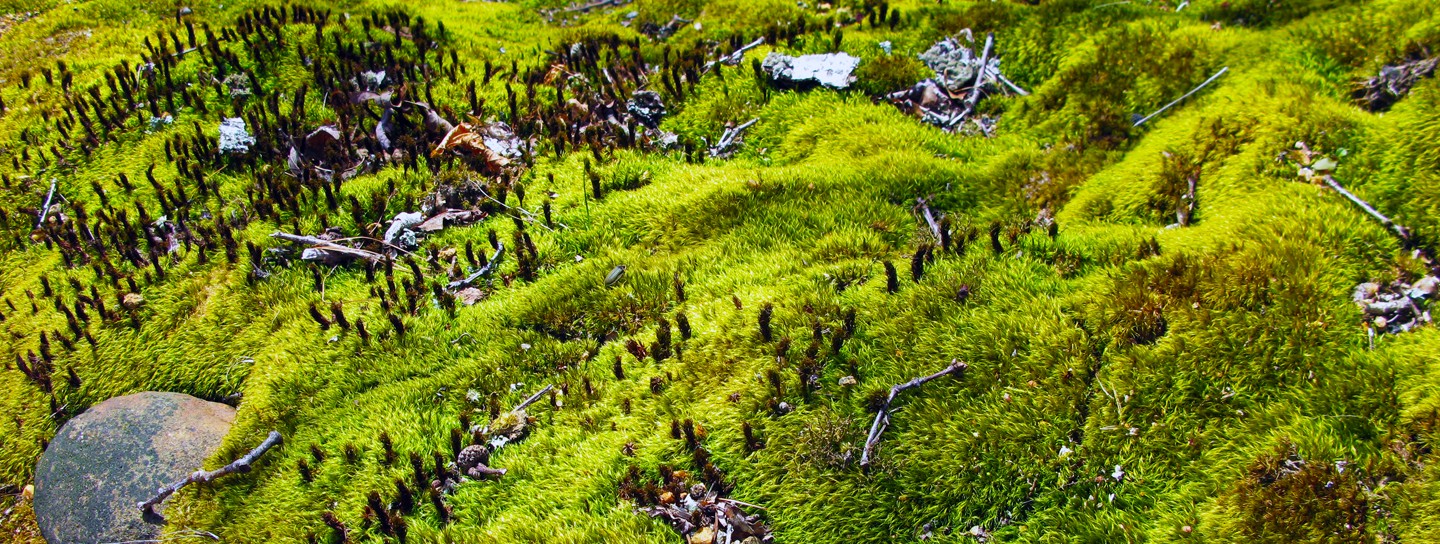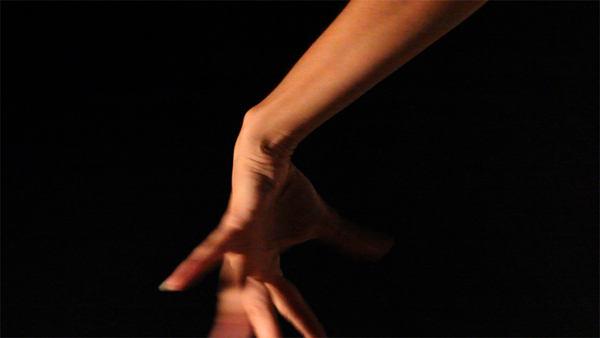(published November 2011 on Hyperallergic + co-written with the artist Diana Heise)
…good chemistry, good common man, what
Of that angelic sword? Creature of
Ten times ten times dynamite,
Convulsive Angel, convulsive shatterer,…
Still, still to deliver us, still magic,
Still moving yet motionless in smoke,…Presto, whose whispers prickle the spirit.
Examination of the Hero in a Time of War
—Wallace Stevens
Perhaps from embarrassment or hitting a deep seated pain. A sensitive nerve that doesn’t like to be touched or exposed. Whatever the particular cause, its effect is a shutter that runs down the spine. A quivering sensation starting at the nape of the neck and rolling like a barbed ball of wire down each vertebrate, prickling until it strikes the tailbone and exits the body. The shoulders shift a bit at the beginning to reorient their position, and the back wiggles at the release of each tingle. There is an old adage that instructs ‘shake it off’ when something upsetting occurs. This advice incited our inquiry.
The idea of shaking for health crosses both time and cultural boundaries. With a deep interest in healthful living and rituals that evoke such existing, we embarked on an investigation of methods from diverse cultural contexts that illuminate relationships between health and movement. These methods are at times varying levels of extreme, elucidating ways of ridding oneself of emotional, psychological of physical trauma. This impetus is also the force behind the included videos and projects by artist Diana Heise that are discussed below.
Purging Poison
In his lectures and books, surgeon and author Sherwin Nuland extensively investigates the evolution of our own condition and the methods developed to alleviate aspects that plague us. The term “shake the demon out” was a response to possession behavior in early medieval Europe, often resulting in rituals of exorcism and can still be found today in radical religious practices. Cleansing through writhing traveled into scientific realms when investigations in the human mind and behavior intersected with the birth of Botany in the 1450’s. Scientists experimented with combinations of plants to induce convulsions. For example, Belladonna is a commonly used remedy of the homoeopathic tradition, which continues to be used today for throbbing migraines, seizures and severe anxiety. This plant is also known as “Deadly Nightshade” and “Devil’s Cherries” and is a poison, leading to death if taken in large doses. The signs of poison sickness include convulsions, delirium and hypersensitivity of the senses. Yet, if this poison is taken in small controlled amounts, the slight spasms induced by the remedy cures the ailment.
This idea of the slight spasm that reorients one’s imbalance was part of the inspiration behind the first section of the video Command. After a romantic relationship that overreached an internal boundary of balance, Diana wrote the text and made this performance to restore a sense of inner-grounding. The action is slightly violent, the text feels slightly poisonous, but only as to restore a psychological balance through the course of the text’s narrative. The experience of the piece purges the past damage, offering a new beginning.
Flicker
Centuries after the first botanical research, the electrical revolution in the modern world brought a group of psychiatrists in the 1930’s to Italy where a team of neurologists, led by Ugo Cerlettito, experimented for the first time with humans and electric currents to produce shaking. They were in search of a solution to reduce depression and mental health disorders such as schizophrenia. The group of patients experienced positive and long-lasting results in lifting their depression after a series of induced epileptic seizures. Hence, the birth of measured electrical convulsions entered modern psychiatry and is still present today.
This idea of an electronic convulsion, relates to Diana’s video, descript. After an experience of sexual assault, Diana was faced with the question of pressing charges against her assailant. Instead of being caught in the legal battle of “he said/she said,” Diana produced descript as an accusation. The shaking of the electronic image through quick editing mimics a heartbeat that speeds up as the image comes into focus and the details of the story are clear. Again relating back to ideas of health and well-being, this piece was the crux of recovering from the trauma of the assault.
Laugh Track
In Native American healing traditions, illness is seen as an imbalance between the individual and their community over the spirit of nature or the great mystery. Rituals and ceremonies are conducted to restore balance, drawing from the idea that all aspects of the earth and its creatures have a spiritual energy. During healing ceremonies, members of the community will break into laughter or tears, at times telling jokes in the middle of a ritual.
According to the Navajo or Diné people, a child’s first laugh is an important step in their social and emotional development. It is considered a time for celebration and gift-giving as this young being is integrated into their community. According to Diné belief, the act of laughing and crying expresses empathy and kinship, an emotional connection that embeds the individual into the collective community. Anthropologist Maureen Trudelle Schwartz writes that “the developing Navajo person will continue to express empathy for others through laughter and tears because they are acknowledged as culturally appropriate forms of communication in the Navajo world.” Laughing is seen, not as a method of denial, but as an acknowledgement of deeper understanding. Instead of allowing the imbalance to penetrate deep into the individual’s spirit, adversity is viewed as a way of seeing situations in a new light and breaking forms of assumptions. Convulsing laughter and tears become the physical and spiritual acknowledgement to other members of the community and to the great spirit of this acceptance, reconnecting the individual with the whole.
Drawing from the idea of communal laughter, Diana produced Laugh Track. The collective audio comes from a group of young women that Diana have been working with at the Sion School in Kansas City, Missouri. The image concentrates on a singular female character’s physical act of laughing by portraying her through a disjointed point of view. We do not see her whole face or smile. Instead we see pieces of her body from multiple perspectives. As the laughing begins, we also hear a collective laughter, a group of young women instead of only one individual, referencing a greater community.
Bad Qi Release
According to the Taoist traditions, the soul is housed in the organs. If the organs are damaged through emotional distress or imbalance, the soul can flee. In order to maintain health and dissipate disease, the physical and spiritual vitality of the organs must be maintained. Each organ is related to a particular emotion, for example, the lungs correspond with sorrow, the liver houses anger and the heart is attributed to both joy and shock. Qi Gong is a tradition known as ‘energy work’ in Chinese, which is used to restore balance to the organs through meditative and active practice. One exercise is the shaking of the organs. This practice ensures first, that the organs have not been moved due to poor posture and stress. Secondly, this practice jostles any stagnant energy that can be stored up in the body. A person stands, bending their knees to shake their legs, shaking their arms, their head, their tongue. Then with the minds eye, the participant scans the interior of the body to shake the pockets of the lungs, the heart, the eyes, the ovaries, the kidneys, visualizing any areas that need to be loosened. Once enough shaking has occurred, the participant stops and observes, checking to see if there is any place of pain or holding. If so, one breathes into these parts of the body to soothe the area. The body usually tingles after this practice as blood and energy (or qi) reach areas that were tight and restricted. According to Chinese medicine, disease occurs in stagnant areas that are allowed to fester. This practice revives the body for the soul to dwell.
Being directly influenced by qi gong, which is a daily practice for Diana, the two videos Scratch and Command 2 explore visualizing some of the physical rituals that belong to these traditions. Through scratching and shaking, anxiety and tension are released, creating a space for the purging of such emotions.
Sound Shake
The vibrational qualities of sound have also been employed to maintain health. Monty Moeller directs the clinical operations for a program called Prescription Audio. Prescription Audio was developed through a science called Quantum Harmonics by Jill and Rod Slane, a published author in holistic healing and health trends and a composer and innovative sound engineer. The program offers vibrational sound treatments for individuals suffering from stress disorders.
By listening to low-level frequencies, or what are called binaural beats, the alpha and beta waves of the brain drop as delta and theta wave activity increases. The participant is induced into relaxation and sleep and this method can be used as a restorative during the day or a way to calm the body before nighttime slumber. Because this therapy is done with sound and sound only, one can quickly return to an alert state, if need be. This process avoids the addictive and chemically damaging aspects of sleeping pills or other prescription medications.
The late 6 Century BC Greek philosopher Pythagora was the first to investigate sound therapy on the Italian Peninsula. As the first person to deeply explore the relationship between mathematics and music, Pythagoras posited that sound is a reflection of a cosmic or spiritual condition. Based on mathematical relationships, he believed particular intervals of sound could heal mental and physical states and harmonize human beings. He prescribed particular tones, known now as the Perfect Fifth, to his followers to listen to in the mornings and determined that this interval can relieve anger and violence. These harmonically related notes vibrate with each other at the ratio of 2:3 within Pythagoras’ mathematical tuning system. These tones have also made an impression on other thinkers and traditions. Lao Tzu, author of the Tao Te Ching, referred to this interval as the source of universal harmony between the forces of Yin and Yang. In India, the Fifth is believed to create a noise through which Shiva calls Shakti to the dance of life.
FreeForm
Diana’s next project FreeForm, which has been sponsored by the Fulbright Commission and the US Department of State, also engages this idea of shaking for the sake of health. On the Isle of Mauritius, a dance and music form known as Sega was developed by African slaves after working hours to shake the woes of oppression from their bodies. This tradition continues today, now acting as the national dance and music of the nation. Diana will be making a series of works based on these traditions once she travels to the island next year.
It has been said that when you imagine purging negativity from the body, visualizing the cleansing of the bone marrow and thus releasing noxious qi, that you must put the bad mojo in a place where it cannot harm others. Some suggest a hole many feet in the ground or in a burning star. Maybe this weakened energy travels to a marsh, bog or fen, filled with wild rice and cattails, boneset and bulrush, swamp maples and sedge. This is a place where water is recycled, restored with much needed oxygen. Sediments and pollutants are filtered out, purifying the liquid clean, ready to be released back into the environment. Perhaps we are all in need of our own personal wetlands for physical and mental restoration. These thoughts and images have been collected as a reminder to purge and restore.
View all videos of Diana Heise here.

